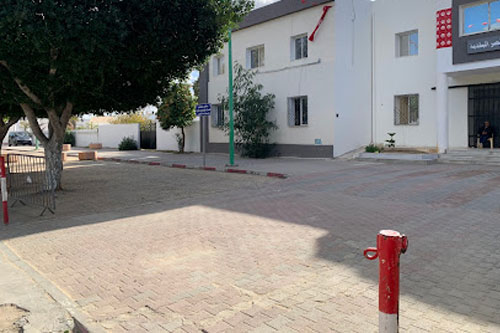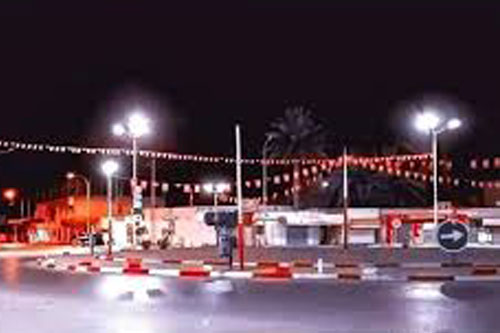History of the City:
Essouassi is one of the cities of the Tunisian Republic. It falls administratively under the Governorate of Mahdia and has about 30,000 inhabitants from various regions. It includes 11 zones, notably: Sidi Ennacer, Essayda, Sidi Zid, Ouled Bouhlel, Cherichira, Ksassba, Zaïret, Ouled Moulahem North, Ouled Moulahem West, Chahimette Qibliya.
Essouassi is characterized by its agricultural nature (livestock and crops), and the inhabitants of the city are known for their generosity and hospitality. Among the most famous personalities born in Essouassi is the late poet Mohamed Essaghir Essassi, along with a long list of revolutionaries who contributed to Tunisia’s liberation from French colonial rule.
The city of Essouassi is composed of six neighborhoods: Médina El-Bayan, Ibn Khaldoun neighborhood, popular neighborhood, villa neighborhood, Zone Number 2, and the industrial zone.
During the Roman era, the city of Essouassi was nicknamed the plain of the Sahel, due to the abundance of its cereal production and its proximity to the Roman seat of power located in the city of El Jem. Later, it was influenced by the Islamic expansion across North Africa, as a passage region toward Kairouan, and also by the invasion of the Banu Hilal tribe from Upper Egypt during their conquest of Kairouan, due to its position as a border zone with this Islamic capital.
The birth of the city dates back to its central position within the greater region of Essouassi, specifically in the Sidi Ennacer area. It was chosen by various tribal chieftains as a meeting point for horsemen to ensure defense against any invasion from neighboring tribes. The French occupation took advantage of this strategic position to establish an administrative headquarters intended to negotiate with the tribes and collect taxes. This gave rise to the “Commandery of Essouassi”, which explains the name of the city: Zamala Essouassi.
Throughout the colonial period, the city played a major role in the national movement for sovereignty recovery. Thanks to its proximity to the Tunisian coast, Essouassi also benefited from the agrarian reform carried out after independence, through the creation of the Essouassi State Lands Office, which contributed to the development of the city.






